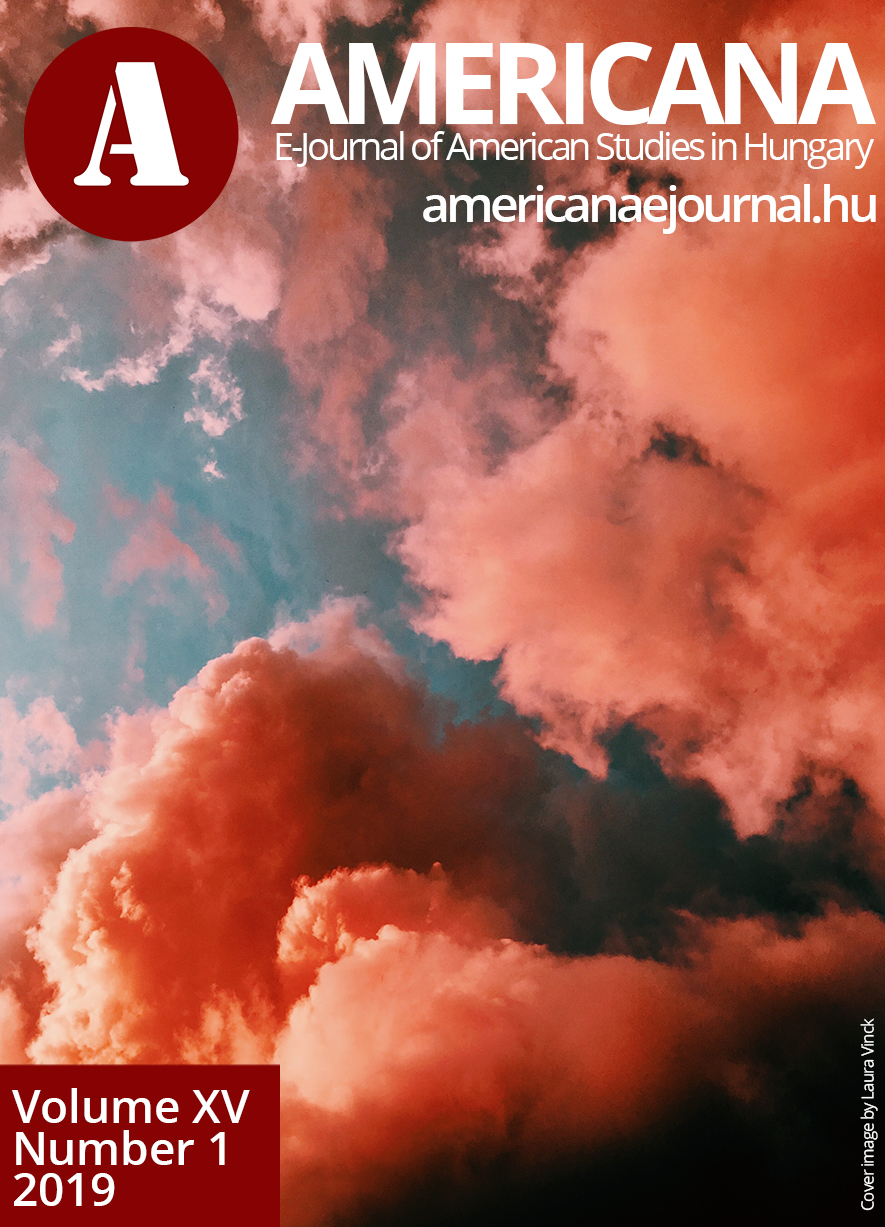Censorship and Stardom in Various Adaptations of Tenessee Williams's A Streetcar Named Desire
Main Article Content
Abstract
This paper discusses the issue of censorship in Hollywood and beyond from the onset of the Production Code Administration through the Rating System alongside with that of the classical stardom. I will map the ways in which censorship and stardom developed and changed in time from the 1950s to the 2010s through various film adaptations of Tennessee Williams’s A Streetcar Named Desire (1947). I am going to analyze the first film adaptation of A Streetcar Named Desire directed by Elia Kazan in 1951, then its 1984 adaptation directed by John Erman along with the 1995 version directed by Glenn Jordan, followed by Pedro Almodóvar’s All About My Mother (1999), and finally, Woody Allen’s Blue Jasmine, which came out in 2013. By examining the above listed films, my focus will also be on various methods of adapting Williams’s play to film and on the ways in which these adaptations actually altered the dramatic plot and how the issue of censorship and stars have altered, in turn, various adaptations.
Downloads
Article Details

This work is licensed under a Creative Commons Attribution-NonCommercial 4.0 International License.

